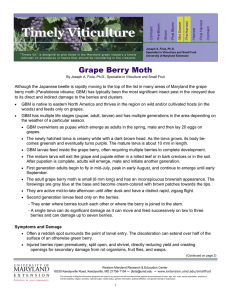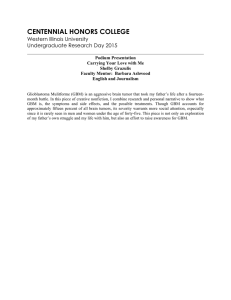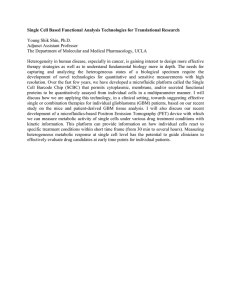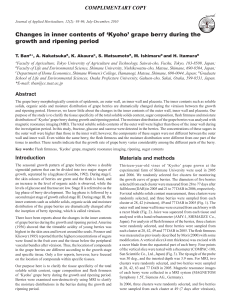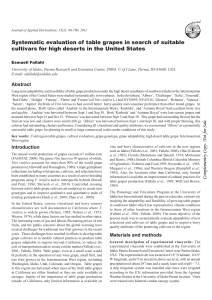Timely Viticulture
advertisement
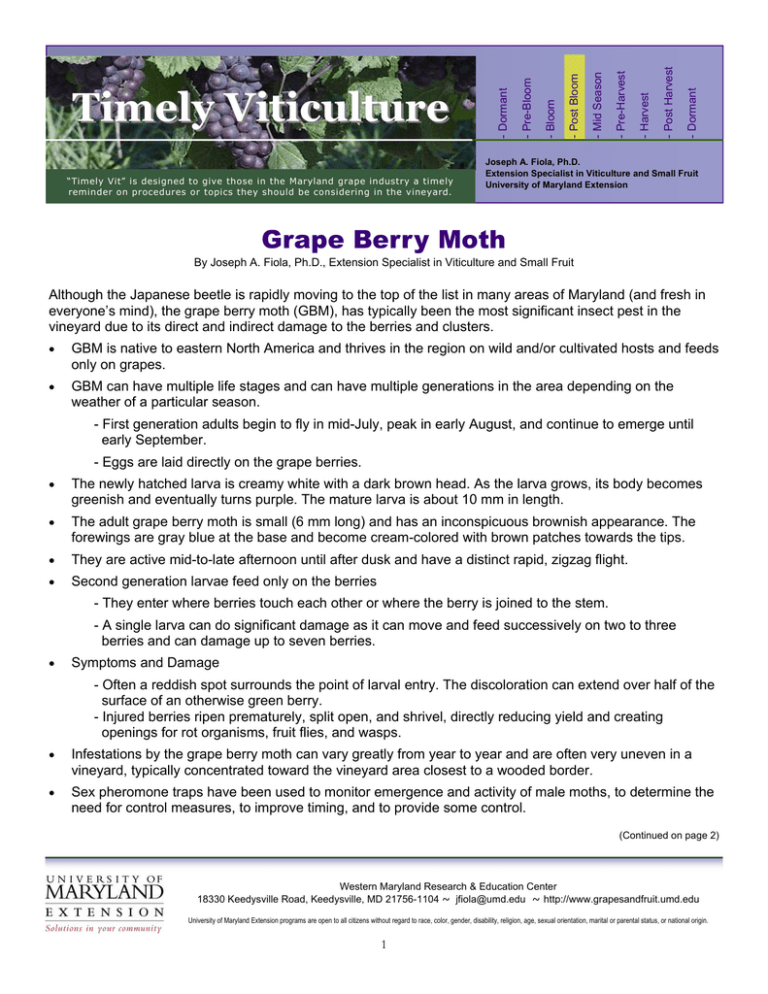
“Timely Vit” is designed to give those in the Maryland grape industry a timely reminder on procedures or topics they should be considering in the vineyard. - Dormant - Post Harvest - Harvest - Pre-Harvest - Mid Season - Post Bloom - Bloom - Pre-Bloom - Dormant Timely Viticulture Joseph A. Fiola, Ph.D. Extension Specialist in Viticulture and Small Fruit University of Maryland Extension Grape Berry Moth By Joseph A. Fiola, Ph.D., Extension Specialist in Viticulture and Small Fruit Although the Japanese beetle is rapidly moving to the top of the list in many areas of Maryland (and fresh in everyone’s mind), the grape berry moth (GBM), has typically been the most significant insect pest in the vineyard due to its direct and indirect damage to the berries and clusters. GBM is native to eastern North America and thrives in the region on wild and/or cultivated hosts and feeds only on grapes. GBM can have multiple life stages and can have multiple generations in the area depending on the weather of a particular season. - First generation adults begin to fly in mid-July, peak in early August, and continue to emerge until early September. - Eggs are laid directly on the grape berries. The newly hatched larva is creamy white with a dark brown head. As the larva grows, its body becomes greenish and eventually turns purple. The mature larva is about 10 mm in length. The adult grape berry moth is small (6 mm long) and has an inconspicuous brownish appearance. The forewings are gray blue at the base and become cream-colored with brown patches towards the tips. They are active mid-to-late afternoon until after dusk and have a distinct rapid, zigzag flight. Second generation larvae feed only on the berries - They enter where berries touch each other or where the berry is joined to the stem. - A single larva can do significant damage as it can move and feed successively on two to three berries and can damage up to seven berries. Symptoms and Damage - Often a reddish spot surrounds the point of larval entry. The discoloration can extend over half of the surface of an otherwise green berry. - Injured berries ripen prematurely, split open, and shrivel, directly reducing yield and creating openings for rot organisms, fruit flies, and wasps. Infestations by the grape berry moth can vary greatly from year to year and are often very uneven in a vineyard, typically concentrated toward the vineyard area closest to a wooded border. Sex pheromone traps have been used to monitor emergence and activity of male moths, to determine the need for control measures, to improve timing, and to provide some control. (Continued on page 2) Western Maryland Research & Education Center 18330 Keedysville Road, Keedysville, MD 21756-1104 ~ jfiola@umd.edu ~ http://www.grapesandfruit.umd.edu University of Maryland Extension programs are open to all citizens without regard to race, color, gender, disability, religion, age, sexual orientation, marital or parental status, or national origin. 1 Timely Viticulture Grape Berry Moth continued from page 1 Post Bloom To monitor for presence and the amount of damage, look for the reddish/purplish spots on the green fruit. The threshold for treatment is about 6% damaged clusters. To control light infestations, injured berries can be removed by hand. Dipel and Biobit, (Bacillis thuringiensis – BT), narrow spectrum treatments, are also an option. Spintor and Entrust are new products for GBM control that are softer compounds derived from soil microbes (registered for organic applications). Where the grape berry moth is an annual problem, post bloom sprays with insecticides (Sevin, Danitol, Imidan), may be necessary if the problem is severe. Consult the commercial pest control recommendations and the label. You can find the Cornell Fact Sheet on GBM at: http://www.nysipm.cornell.edu/factsheets/grapes/pests/gbm/gbm.asp Virginia Tech has some good information and links at: http://www.ento.vt.edu/Fruitfiles/GBM.html 071309 Western Maryland Research & Education Center 18330 Keedysville Road, Keedysville, MD 21756-1104 ~ jfiola@umd.edu ~ http://www.grapesandfruit.umd.edu University of Maryland Extension programs are open to all citizens without regard to race, color, gender, disability, religion, age, sexual orientation, marital or parental status, or national origin. 2
